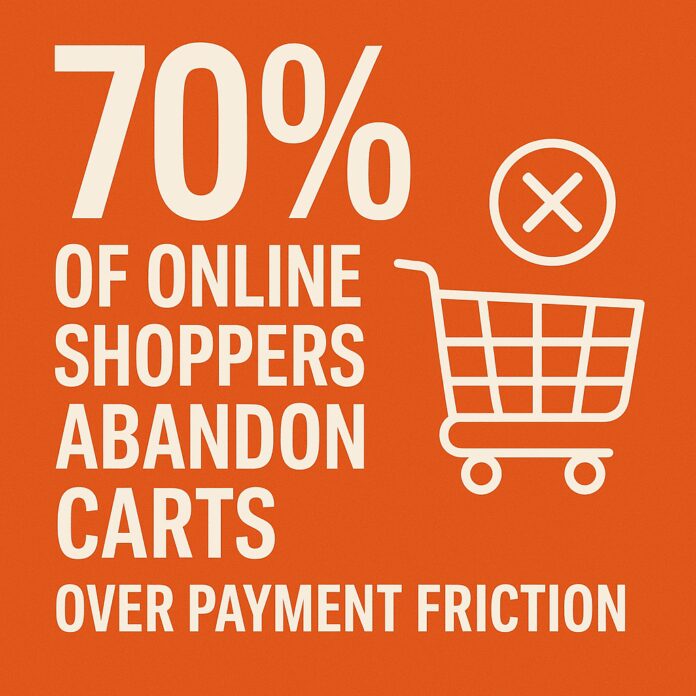In the digital economy, convenience is king — and nothing kills a sale faster than a checkout page that says “no.”
A new report by PYMNTS reveals that 70% of online shoppers will abandon their cart if they can’t use their preferred payment method. This striking figure underlines a simple but often underestimated truth: payment choice is not a luxury — it’s a conversion strategy.
The Data in Focus
- 7 in 10 online shoppers exit purchases when their preferred payment method isn’t available
- Younger demographics (Gen Z & Millennials) are most likely to demand alternative options — including wallets, BNPL, and crypto
- The abandonment rate spikes even further for cross-border ecommerce, where local payment methods matter most
What “Preferred” Actually Means Today
Once, this meant offering credit and debit cards. Now it includes:
- Digital wallets (Apple Pay, Google Pay, PayPal)
- Buy Now, Pay Later (Klarna, Affirm, Afterpay)
- Bank-to-bank transfers (via Open Banking rails)
- Alternative and local methods (like iDEAL in the Netherlands or UPI in India)
- Even crypto — especially for privacy-driven or global consumers
The Cost of Inflexibility
For merchants, the lack of payment choice means:
- Lost revenue and lower lifetime value
- Higher bounce rates at the final mile
- Frustration that’s hard to recover from, especially in mobile-first markets
It’s not just about adding more methods — it’s about integrating the right ones for your audience, based on region, device, and purchase context.
The Strategic Shift
Smart merchants are:
- Using AI and behavioral data to tailor payment options in real-time
- Partnering with orchestration platforms to route and optimize based on customer profiles
- Offering contextual checkout: the right method, in the right moment, without extra steps
Final Take
The modern consumer doesn’t just expect fast checkout — they expect frictionless, flexible, and familiar payment experiences.
Fail to offer that, and they won’t complain — they’ll just click away.
In ecommerce, payment isn’t the end of the journey — it’s the deal-breaker.



